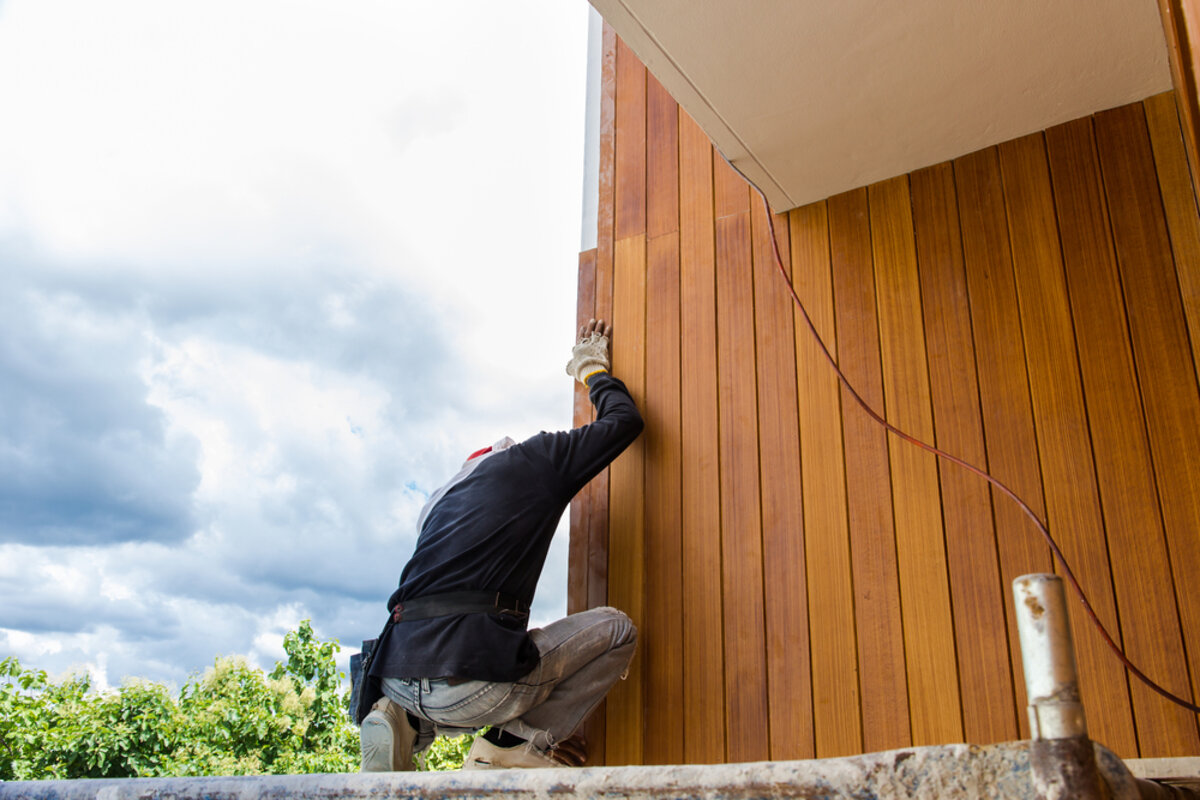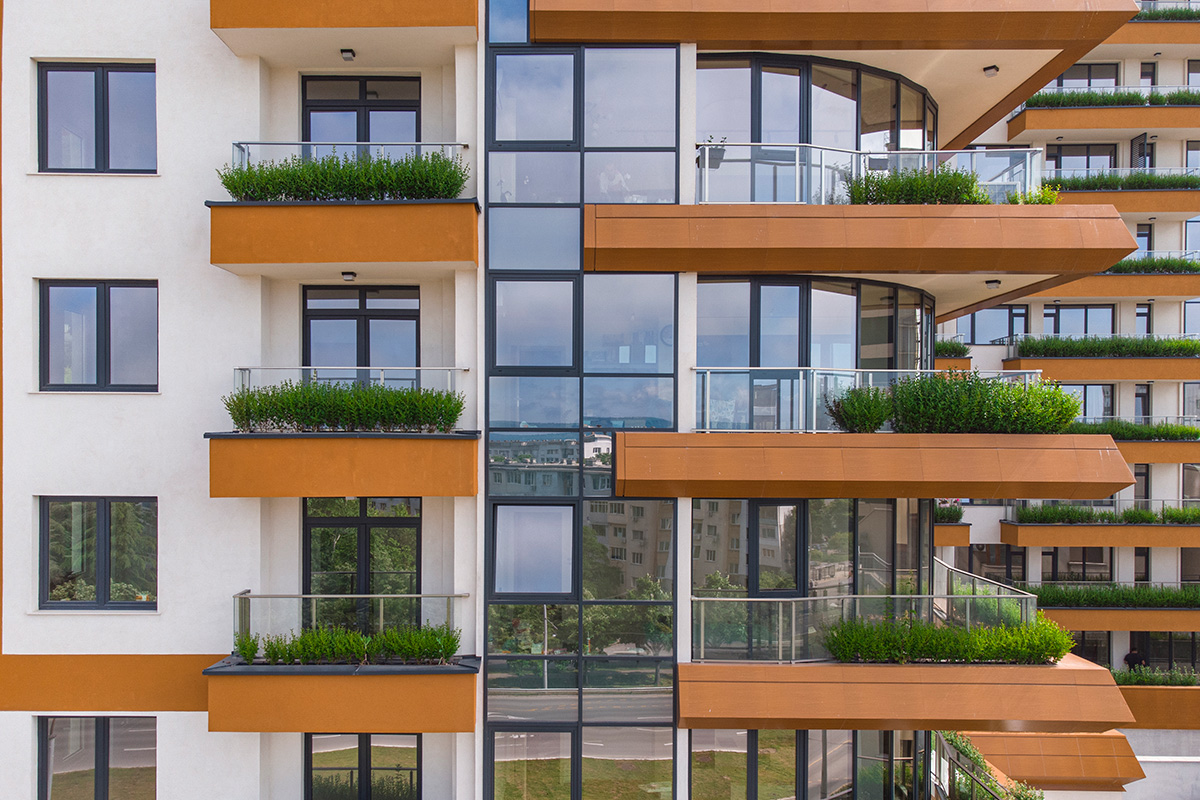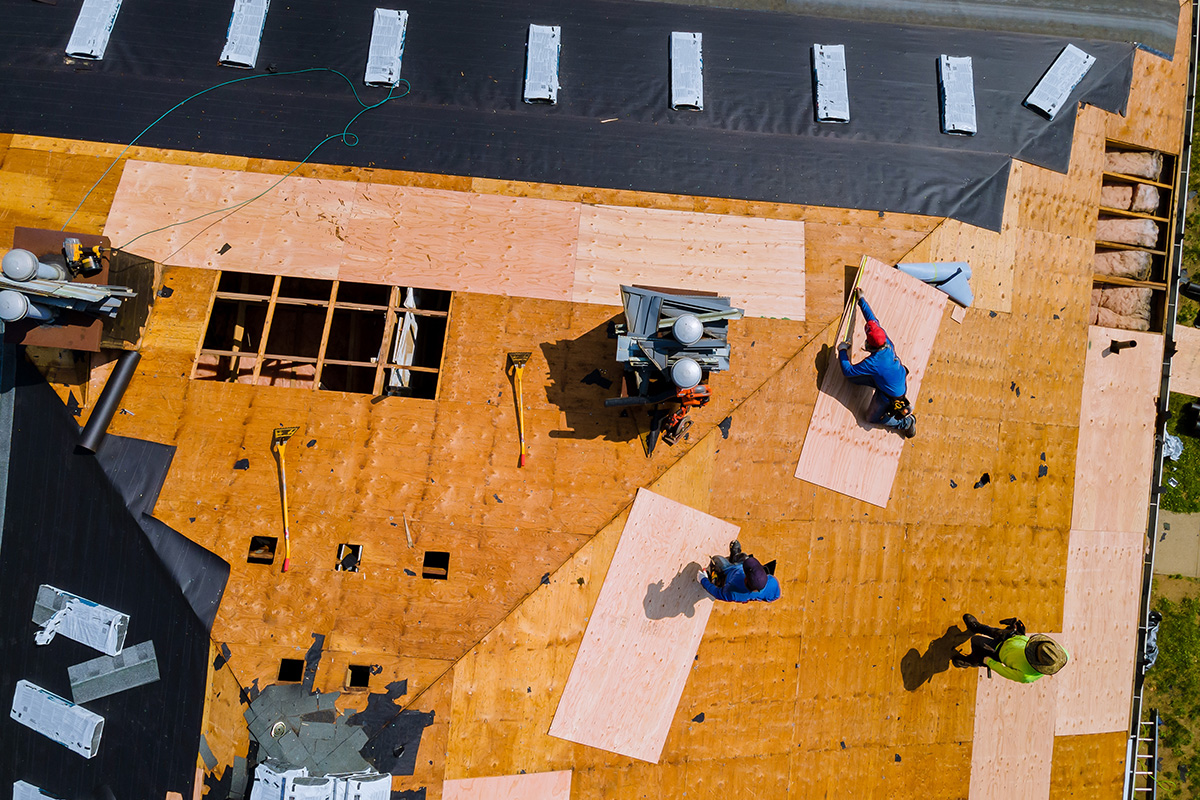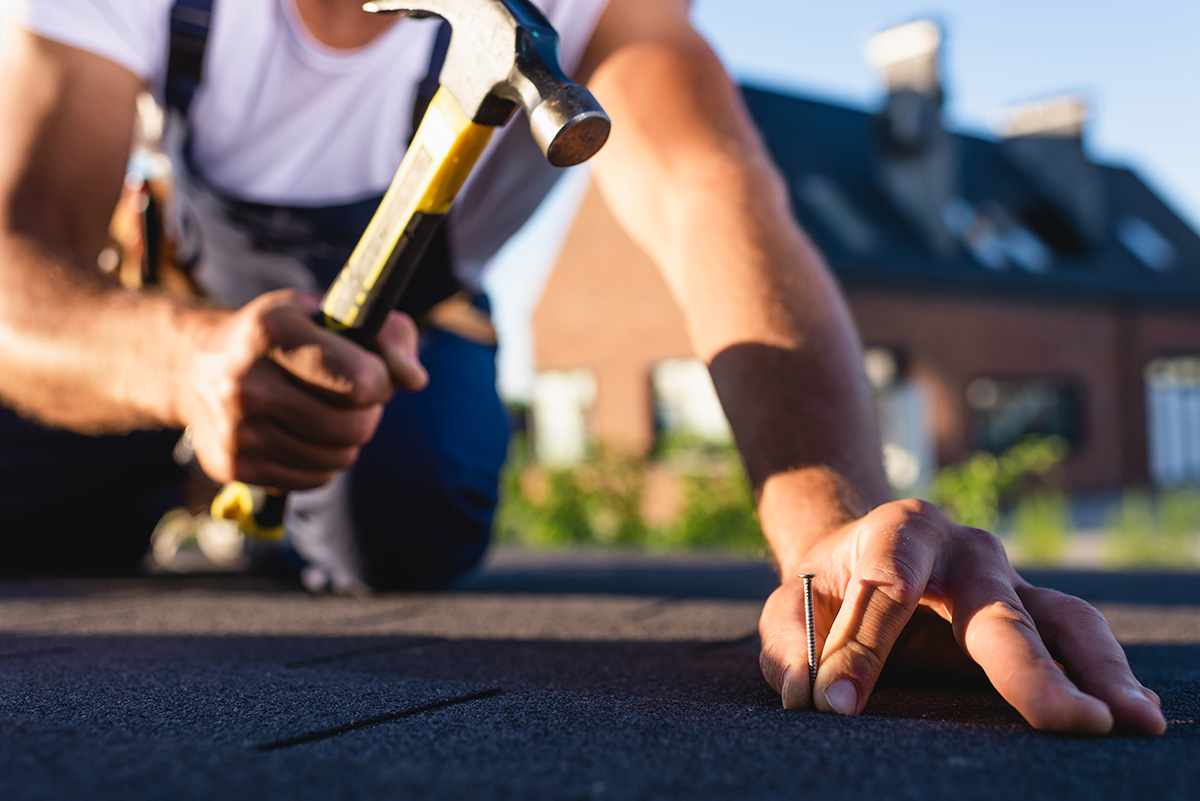Your home’s exterior is the first thing people notice, and the right siding can improve curb appeal, increase energy efficiency, and provide protection from the elements. With so many options available, it can be challenging to choose the best one. Two of the most popular choices are vinyl and fiber cement siding. Both materials offer unique benefits, but they also have distinct differences that homeowners should consider before making a decision.
What Is Vinyl Siding?
Overview of Vinyl Siding
Vinyl siding is made from polyvinyl chloride (PVC) and has been a favorite among homeowners for decades. Known for its affordability and ease of maintenance, it comes in a variety of colors and styles, allowing homeowners to achieve their desired aesthetic without the need for painting or extensive upkeep.
Advantages of Vinyl Siding
- Affordability: One of the biggest advantages of vinyl siding is its cost-effectiveness. It is typically less expensive than fiber cement siding, making it a budget-friendly option.
- Low maintenance: Vinyl does not require painting or sealing, and it resists moisture, making it easy to clean with just soap and water.
- Variety of styles: Homeowners can choose from different colors, textures, and finishes, including options that mimic wood grain.
- Durability: Vinyl is designed to withstand harsh weather conditions, including wind and rain, though its performance can vary based on quality and installation.
Disadvantages of Vinyl Siding
- Susceptibility to damage: While durable, vinyl siding can crack or warp under extreme temperatures and impact.
- Fading over time: Exposure to UV rays can cause some colors to fade over time, though higher-quality vinyl is more resistant to discoloration.
- Less natural appearance: While there are realistic wood-look options, some homeowners prefer the more authentic appearance of other materials.
Understanding Fiber Cement Siding
What Is Fiber Cement Siding?
Fiber cement siding is a durable material made from a mixture of cement, sand, and cellulose fibers. It has gained popularity for its strength and ability to mimic the look of natural wood while providing superior durability.
Benefits of Fiber Cement Siding
- Exceptional durability: Fiber cement is highly resistant to rot, insects, and fire, making it one of the most durable siding options available.
- Authentic appearance: Many homeowners choose fiber cement for its ability to replicate the look of real wood without the drawbacks of warping or pest infestations.
- Long lifespan: With proper maintenance, fiber cement siding can last 30 years or more, making it a long-term investment.
- Resistance to harsh weather: Unlike vinyl, fiber cement holds up well in extreme temperatures and resists damage from high winds and hail.
Drawbacks of Fiber Cement Siding
- Higher cost: Compared to vinyl, fiber cement siding comes with a higher price tag, both in material and installation costs.
- More maintenance required: While it lasts for decades, fiber cement does require occasional painting and sealing to maintain its appearance.
- Heavier material: Because it is denser, fiber cement siding requires professional installation, which can add to the overall expense.
Cost Comparison: Vinyl vs. Fiber Cement
Vinyl siding is the more affordable option upfront, with costs ranging between $3 to $7 per square foot, including installation. Fiber cement siding, on the other hand, ranges from $6 to $13 per square foot, making it a more significant initial investment. However, fiber cement’s longevity and durability can make it a cost-effective choice over time.
Maintenance and Longevity
Both options require different levels of upkeep. Vinyl siding is low maintenance and typically only needs occasional cleaning. Fiber cement siding, while more durable, requires repainting every 10 to 15 years to maintain its look. Homeowners who prefer a “set it and forget it” option may lean toward vinyl, while those willing to invest in long-term maintenance may find fiber cement a better fit.
Final Thoughts
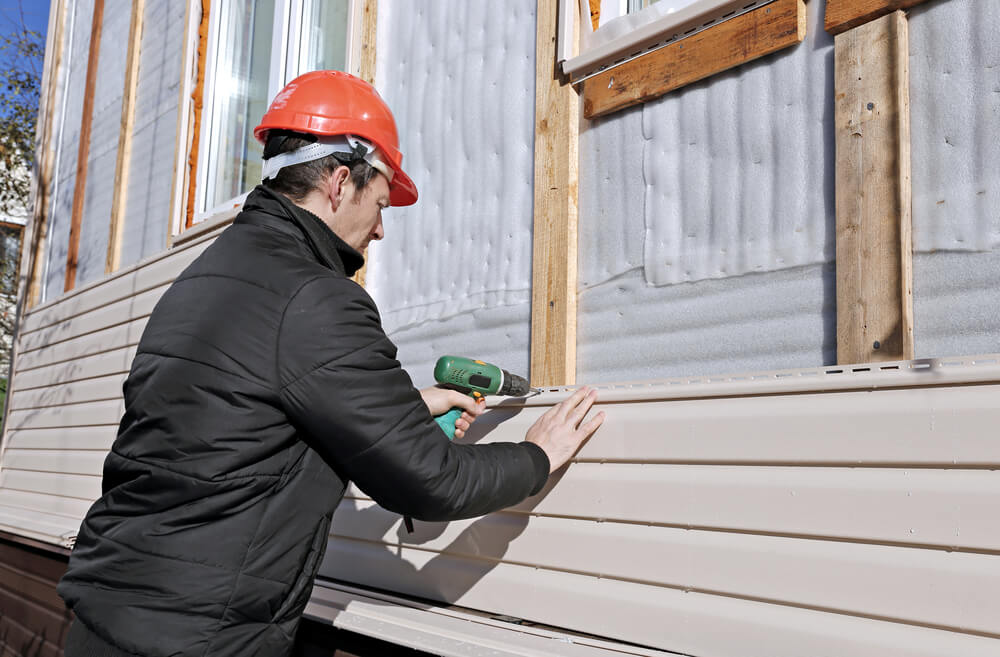
Choosing between vinyl and fiber cement siding depends on your priorities. If affordability and low maintenance are your main concerns, vinyl may be the better option. If durability, fire resistance, and an authentic wood-like appearance are more important, fiber cement siding could be the best investment. Regardless of your choice, both options provide excellent protection and aesthetic appeal for your home. Contact Style Exteriors today.



